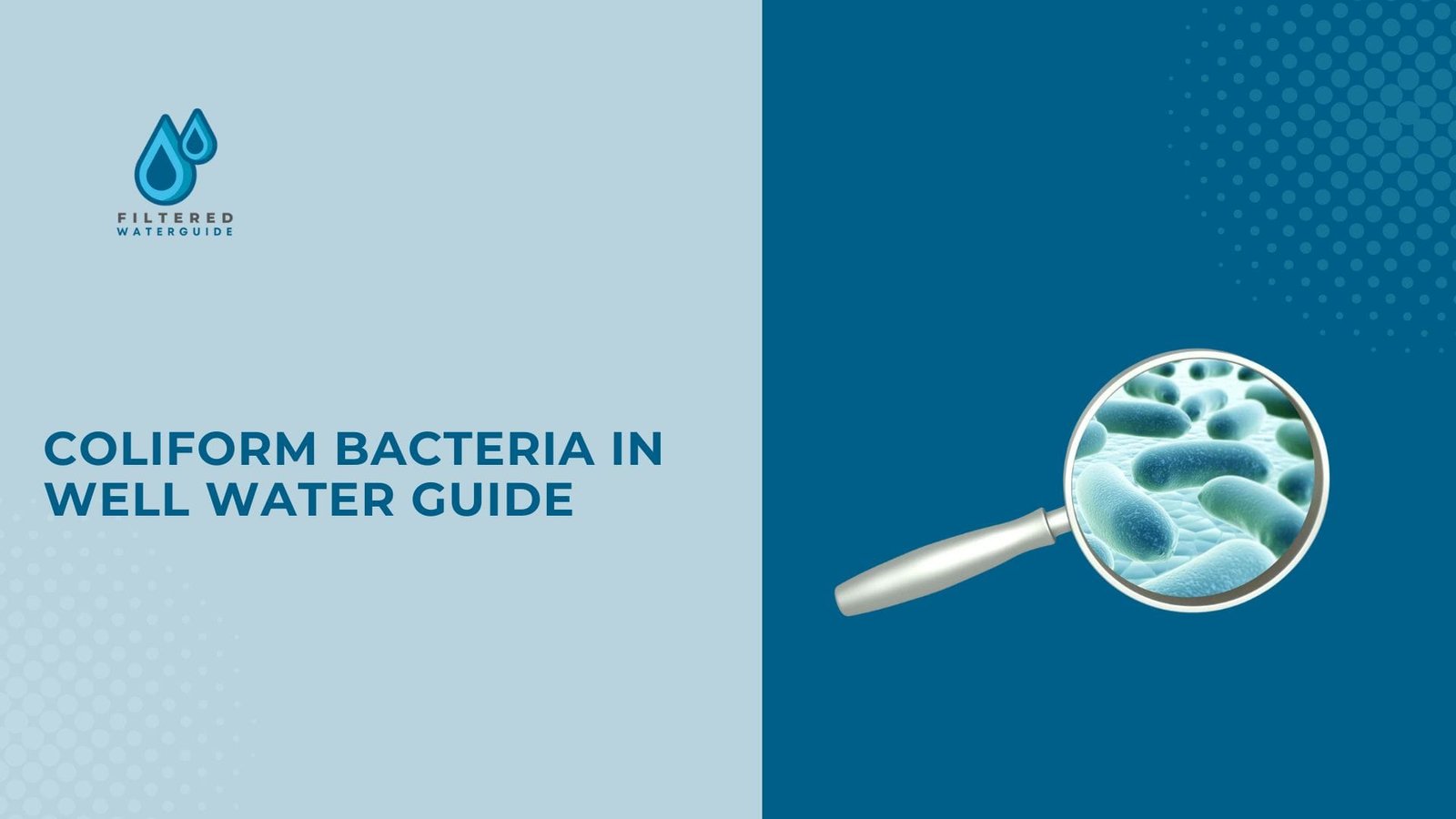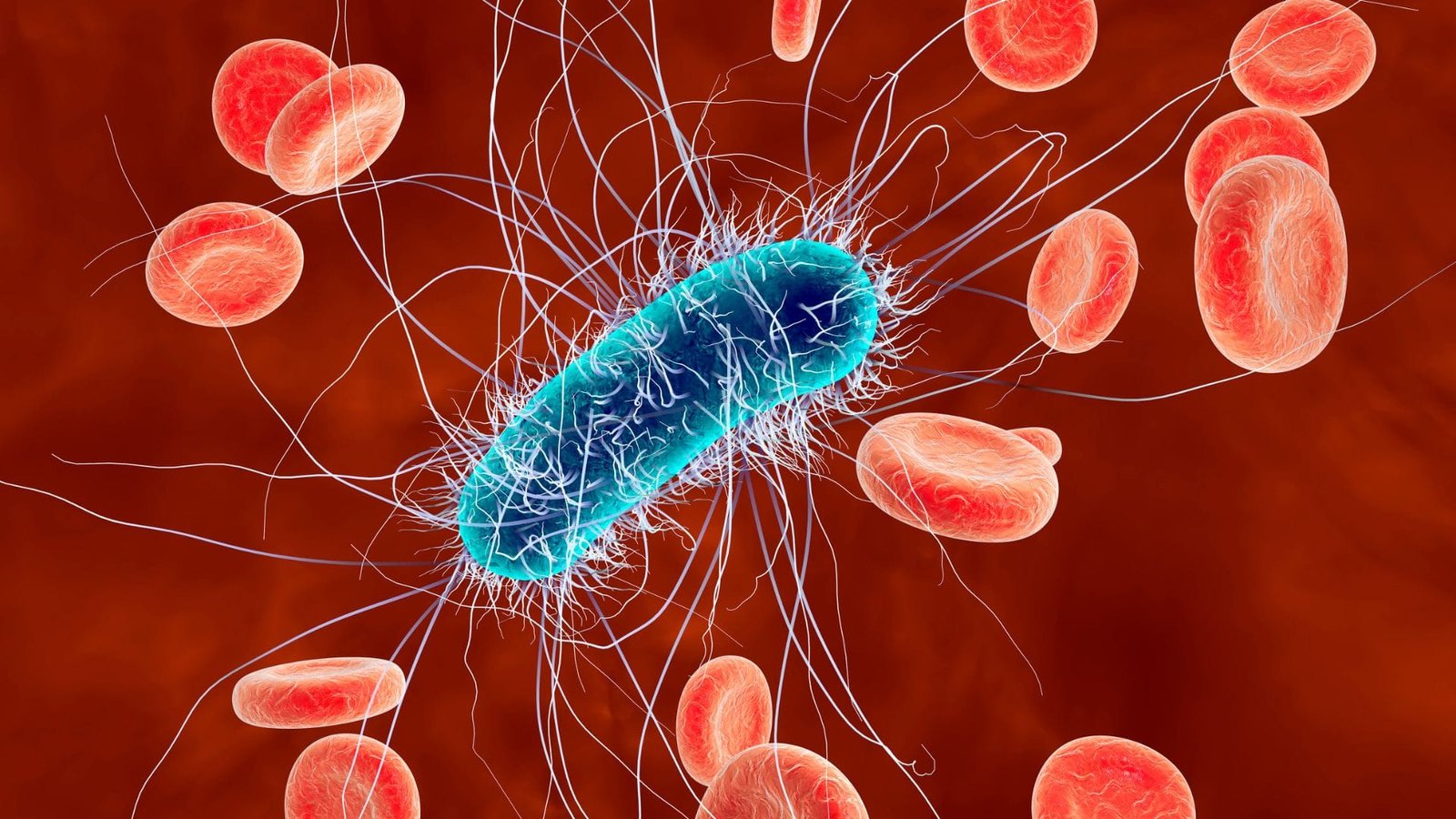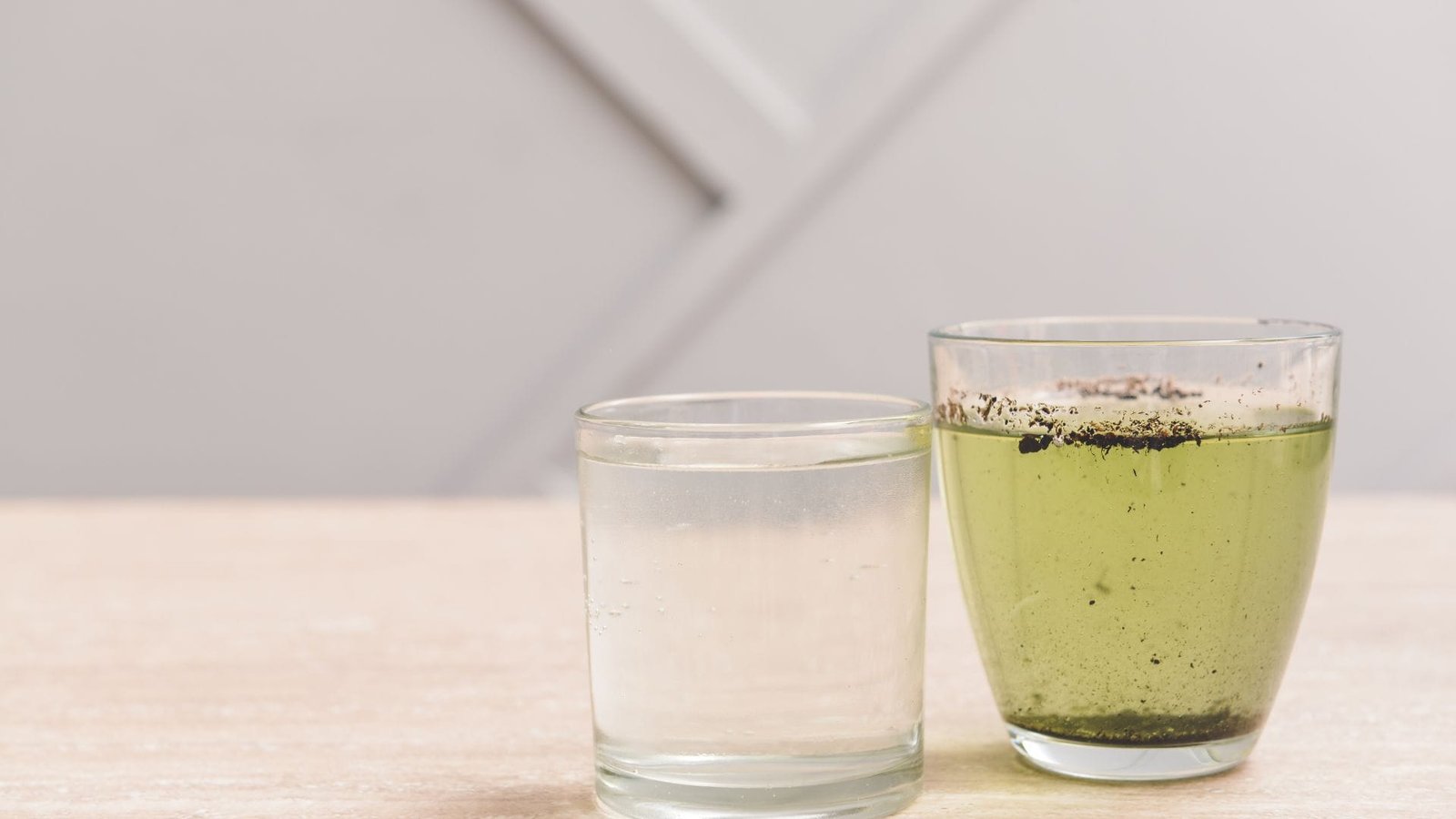Filteredwaterguide.com is supported by readers. If you purchase through referral links on our site, we make a commission at no extra cost to you. Learn more.

Getting the news that your well water contains coliform bacteria can be unsettling, but we’re here to help you understand and solve this common problem.
With decades of hands-on experience in water treatment and quality testing, our team at Filtered Water Guide knows exactly how to handle bacterial contamination in well water systems.
We’ve successfully helped countless well owners address coliform bacteria issues, and we’re confident you can too with the right approach.
Whether you’ve just discovered coliform bacteria in your well or you’re being proactive about prevention, this comprehensive guide will walk you through everything you need to know.
Drawing from our extensive background in water treatment (including 26+ years of managing bacterial control in water systems), we’ll show you practical, proven solutions to ensure your well water is safe to drink.

Through our extensive water testing experience, we’ve found that many well owners misunderstand what coliform bacteria actually are. Here’s what you need to know: coliform bacteria isn’t a single type of bacteria, but rather a family of 16 distinct bacterial species that fall into three main categories:
These bacteria naturally exist in the digestive systems of humans and animals. When found in your water supply, they indicate possible contamination from waste material.
During our field testing, we frequently encounter this type of coliform bacteria. They come from natural sources like plant matter and surface water runoff.
In our professional experience, E. coli demands the most serious attention. We classify it separately because it’s the most reliable indicator of dangerous contamination in your water supply.
Based on thousands of water tests we’ve conducted, we’ve learned that these bacteria serve as warning signs rather than direct threats. While their presence doesn’t guarantee illness, it signals conditions that could support harmful bacteria. We call them ‘indicator organisms’ for this very reason.

In our years of water quality testing, we’ve observed that while most coliform bacteria cause minimal health concerns, certain strains—particularly some types of E. coli—can pose serious health risks. These dangerous strains can produce powerful toxins that, in extreme cases, may become life-threatening.
Through our field investigations, we’ve discovered that coliform bacteria typically enter well water through specific contamination routes. When we detect these bacteria in your water supply, it signals a direct pathway between your well and a contamination source.
Based on our extensive experience testing well water systems, we’ve identified two reliable methods for detecting coliform bacteria in your water supply. Here’s what we recommend:
Our team highly recommends professional lab testing when you need precise bacterial analysis. While this option typically costs more, the comprehensive results provide invaluable insights about your water quality and can identify additional contaminants you might not know about.
From our experience, lab tests usually cost upwards of $100. However, we believe this investment is worthwhile given the detailed analysis and peace of mind it provides.
Here’s a money-saving tip we’ve discovered: many pool and spa supply stores offer free water testing services. While their primary goal is to sell treatment products, these tests can still provide useful preliminary results.
For convenient at-home collection and professional analysis, we’ve had great success with mail-in kits like the Safe Home® Select Water Quality Test Kit. Simply collect your sample, mail it in, and receive professional results.
For those who prefer hands-on testing, we regularly recommend quality well water test kits. These kits have impressed us with their improved accuracy over the years and now offer comprehensive testing for multiple contaminants including:
We’ve found these kits particularly user-friendly. The test strips provide quick results – just dip them in your water sample and compare to the provided color chart.
For bacterial testing specifically, we use this simple process: fill the provided bottle to the indicated line, shake it for 20 seconds, and check the results after 48 hours. A yellow color indicates no bacterial presence, while green signals bacterial contamination.
In our extensive testing experience, we’ve found exceptional results with the Verify 17 in 1 Premium Drinking Water Test Kit. We particularly value its versatility for testing both well water and swimming pools.
Regular testing is crucial. In fact, health authorities like the New York State DOH recommend annual bacterial testing at minimum.
If you discover bacterial contamination, we follow the guidelines established by the Mississippi State University Extension Program, which recommends these five essential steps:
After confirming bacterial contamination in your well water, the next step is implementing an effective treatment solution. Through our years of experience treating contaminated wells, we’ve identified several reliable methods for eliminating coliform bacteria.
Our testing has shown that the most effective approaches include professional chlorination (similar to municipal water treatment), installing a quality UV light water purification system on your main water line, or implementing a comprehensive whole home well water filter with UV capabilities.
For a complete overview of treatment options, we’ve thoroughly tested and reviewed the best water filters for coliform bacteria. These systems use various proven methods including UV purification, chlorine treatment, and specialized filtration media that we’ve verified to be effective against bacterial contamination.
In our decades of water treatment experience, we’ve found chlorination to be one of the most reliable and cost-effective methods for eliminating bacteria from well water. Here’s why we recommend it:
Chlorine works by breaking down the chemical structure of harmful organisms, making it highly effective at neutralizing bacteria. We particularly value its reliability because it’s:
The process involves installing a specialized pump that injects precise amounts of chlorine into your incoming water line. We’ve implemented many of these systems and appreciate their automated control mechanisms that maintain consistent chlorine levels without manual adjustment.
Our extensive testing of UV light water purifiers has shown them to be remarkably effective at eliminating not just coliform bacteria, but also other harmful microorganisms including viruses and parasites.
Through our installation experience, we’ve found these systems to be surprisingly straightforward yet powerful. Here’s how they work:
The system harnesses ultraviolet light – the highest-energy portion of the electromagnetic spectrum – to physically destroy harmful microorganisms. The key components include:
We’ve found this method particularly appealing because it requires no chemical additions and operates silently and efficiently.
When water flows through the UV chamber, the intense ultraviolet light immediately neutralizes any coliform bacteria it encounters.
However, through our extensive testing and field experience, we’ve discovered that UV systems shouldn’t be your only line of defense.
These systems work best with pre-filtered water, as cloudiness and mineral content can significantly reduce their effectiveness.
That’s why our team frequently recommends pairing UV purifiers with other types of well water filtration devices for maximum protection.
Based on our years of hands-on experience, we’ve found that UV light water purification systems offer distinct advantages over chlorine injection methods for treating coliform bacteria.
The UV systems we’ve installed maintain your water’s natural properties – no chemical taste, smell, or color changes.
We particularly appreciate their set-it-and-forget-it nature.
Once properly installed on your incoming water line, these systems require minimal attention beyond occasional UV bulb replacement, typically every few years.
In contrast, our work with chlorine injection systems has shown they demand constant monitoring and adjustment.
You’ll need to regularly check chlorine levels and replenish the supply – a task that not only takes time but also raises safety concerns about chemical storage in your home.
Throughout our work testing countless well water systems, we’ve learned that regular testing is non-negotiable when it comes to coliform bacteria.
The health risks associated with contaminated well water are simply too serious to ignore.
Our team strongly recommends installing preventive measures, whether it’s a UV system or chlorine injection, even if you’ve never had a positive bacteria test.
This is especially crucial given how infrequently most homeowners test their well water.
We’ve seen firsthand how a proactive approach to water treatment provides invaluable peace of mind.
When it comes to protecting your family from waterborne bacteria, we believe that prevention is always better than cure.